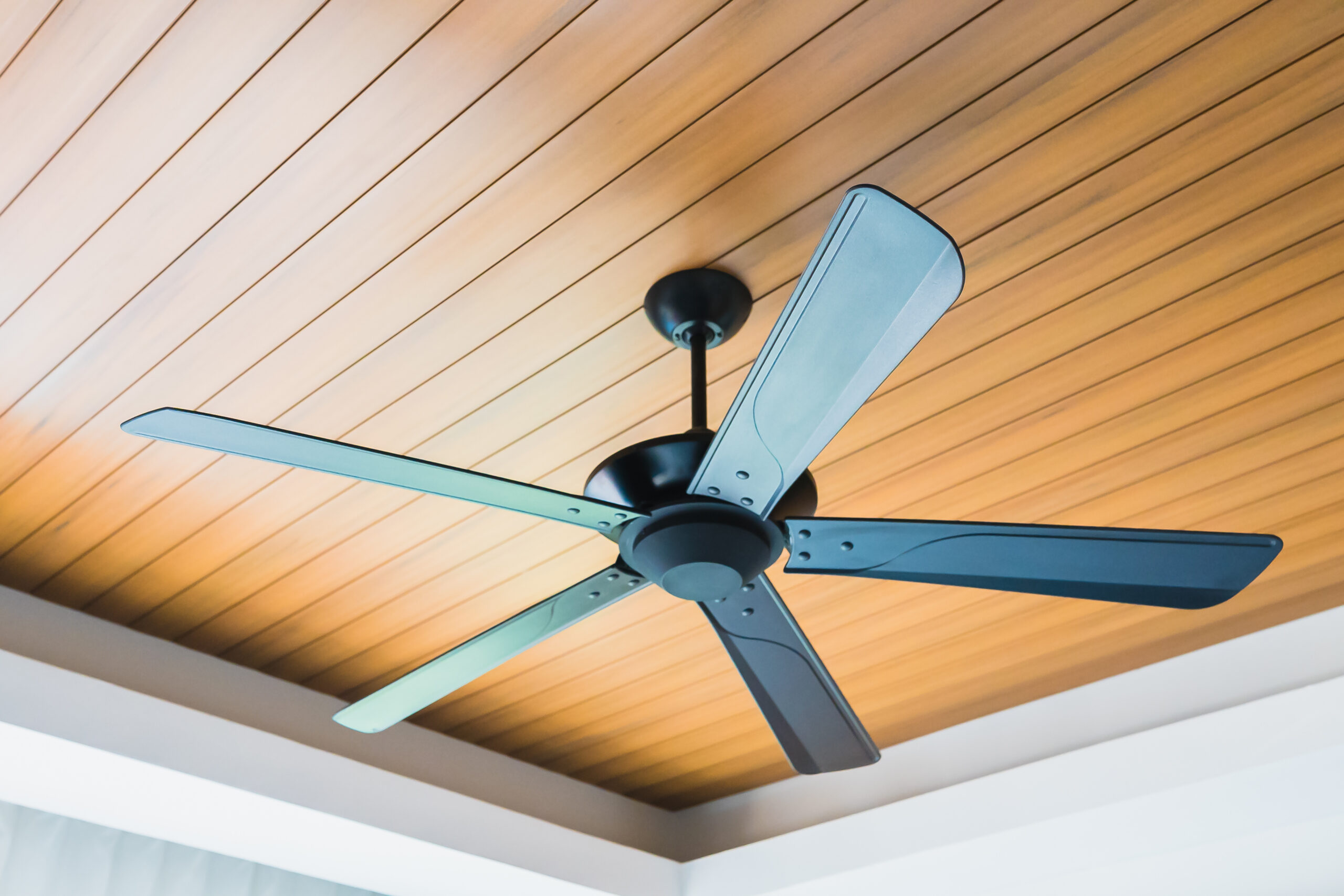Which Way Should a Fan Spin — And Why It Matters for Homeowners
Alright, let’s talk about something that seems simple enough but actually stumps a lot of homeowners—how your ceiling fan is supposed to spin. Yep, we’re going there. Because believe it or not, that little switch on the side of your fan can make a real difference in how comfortable your home feels—and how much you pay for heating or cooling it. Spoiler alert: there is a right direction for your fan to spin depending on the season. And if you’re not sure what that is, well, you’re not alone. Today we’re diving deep into the workings of ceiling fans, how they circulate air, what direction they should be spinning (and when), plus some cool homeowner tips, gotchas, and how all this ties into your handy home warranty. Breathe easy—this stuff might actually be more interesting (and helpful) than you’d think.
How Ceiling Fans Actually Work
Let’s clear something up. Ceiling fans don’t lower or raise the temperature of a room. Their main job? To move air around. It’s all about airflow. In the summer, that breeze you feel? Makes your skin feel cooler. More sweat evaporation, essentially. In the winter, the air near the ceiling is warmer—basic physics, heat rises—and reversing the fan direction helps push that warm air down where you can actually benefit from it. But—here’s the key part—it only works if the fan is spinning the right way. Otherwise, it’s just spinning its heart out, doing nothing productive. Like me trying to do spreadsheets before my second coffee.
So… What’s the “Right” Way for a Fan to Spin?
Okay, here’s the meat and potatoes. In the summer, your ceiling fan should rotate counterclockwise when you’re looking up at it. That means the blades are angled to push air down and create a cooling breeze. You can usually tell it’s in summer mode when you feel air blowing straight down on you. In the winter, flip that little switch on the motor housing (yeah, the one you probably never touch) to reverse the direction to clockwise. This draws cooler air upward and forces the warm air that’s pooled near the ceiling back down along the walls. Don’t feel a breeze? That’s the point—it’s more subtle.
Why It Even Matters—Savings and Comfort
One word: efficiency. When used correctly, ceiling fans can save you a chunk of change on your energy bills. In the summer, that downward airflow allows you to bump your thermostat up a few degrees without feeling less cool. In the winter, reversing the fan helps distribute heat better, which means you might get away with using your heat less often. According to the U.S. Department of Energy, ceiling fans can shave energy use by as much as 30 to 40 percent in the warm months. Plus, the improved circulation helps reduce pockets of warm or cold air—especially in bigger rooms or ones vaulted to the stratosphere.
The Indoor Air Quality Connection
This part’s underrated: ceiling fans are champions of air circulation. And good circulation equals better indoor air quality. That’s especially important if you’re dealing with allergens, indoor pets, or just… older homes with less-than-stellar airflow design. When combined with HVAC filters and purifiers, your fan can help distribute filtered air more efficiently throughout your space. The constant movement prevents the stagnation that allergens and pollutants love. Caveat: just make sure your fan blades aren’t caked in dust. You’ll be circulating that, too. Ew.
The Home Warranty Angle: What Happens When Your Fan… Doesn’t Work
Now let’s say your ceiling fan is spinning—but like, super wobbly—or it just won’t switch directions. Annoying, sure. But more than that? It could point to wear and tear on the motor, electrical faults, or even loose wiring. This is where a home warranty steps in to save the day (and your ceiling drywall, if that thing decides to fall). Ceiling fans typically fall under electrical system coverage in home warranty plans, so if the motor dies or the directional switch gives out, you won’t have to shell out the full cost of repair or replacement. Fans aren’t the most expensive home feature, but repairs aren’t always simple if you’re not an electrician—and let’s be real, most of us are not.
How to Stay On Top of Fan Maintenance
Look, I get it—ceiling fans are kind of invisible until they’re not working. But a couple of quick rituals can make a huge difference in performance and lifespan. First up, clean those blades. Quarterly is ideal, but let’s be honest—do it at least twice a year. Second, check for wobble. If your fan’s janky, tighten the mounting screws and maybe balance the blades using one of those little kits you can get at any hardware store. Lastly: that direction switch? Make a habit of flipping it every spring and fall. Maybe when you do your smoke detector battery swap—tie those things together in your brain. Muscle memory works wonders.
Ready to Stop Sweating the Small Stuff? Armadillo’s Got You Covered.
Here’s the deal. When fans spin the wrong way or don’t spin at all, it’s a reminder that homeownership comes with way more small systems than most of us realize. That’s where a modern home warranty provider like Armadillo saves your sanity. We cover the parts of your home that make everyday life smoother—from ceiling fans to major electrical systems. With plans tailored to your zip code and lifestyle, it’s fast and easy to protect yourself from the chaos of unexpected breakdowns. Ready to take the sensible next step toward smarter home protection? Skip the hassle and jump straight into plan options that work for you right here. Because your fan should be spinning the right way—and you should be covered when it’s not.


























